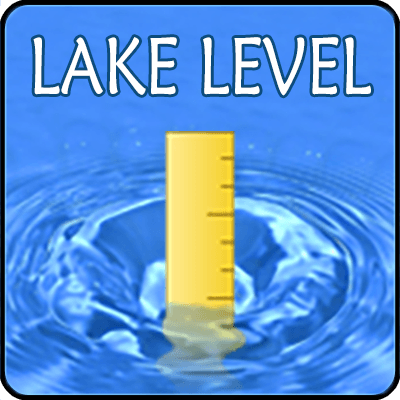3 inches of rain predicted, what will that mean? Here’s the latest email update. See info below to sign up for your own updates!
The Engineering Division is monitoring lake levels and the potential to flood year round. To keep our community informed, we’re sharing a weekly update with you, and as frequently as needed, should a major rain event happen. We are not sending these to elevate concern, this is just a new communication option for us to keep you informed as flooding deeply impacted our community last summer, and may be top of mind when rain moves through our area.
This is your flooding report for Sept. 26, 2019:
Risk assessment:
The extended forecast for the coming week is predicting up to about three more inches of rain. I am not seeing predictions that this rain will occur in large thunderstorm activities, so localized flash flooding is not currently an issue. However, continued high lake levels will remain a problem.
We will continue to watch closely the lake levels.
Recall typically 1 inch of rain in the Yahara Watershed typically gets you a 3-inch rise in the elevation of Lake Monona.
Lake Mendota Today
Elevation = 850.93 feet
Change from one week ago = up 0.01 feet
Change from one month ago = up 0.30 feet
Above/below summer maximum: above by 0.83 feet
Above or below 100-year elevation: down 1.87 feet
Lake Mendota
Surface Area = 9,842 surface area acres
Summer Min = 849.6 feet
Summer Max = 850.1 feet
100-year Record = 852.8 feet
Lake Monona Today
Elevation = 847.01 feet
Change from one week ago = down 0.14 feet
Change from one month ago = down 0.02 feet
Above/below summer maximum: above by 1.85 feet
Above or below 100-year elevation: down 0.69 feet
Lake Monona Statistics
Surface Area = 3,274 surface area acres
Summer Min = 844.7 feet
Summer Max = 845.2 feet
100-Year Record = 847.7 feet
Further description of the numbers above:
This Historic High on Lake Monona is 848.53 on September 6, 2018.The problem low ground elevations in the Isthmus area are at about elevation 848.0 to 849.00. These areas drain to Lake Monona and/or the Yahara River mostly at East Washington. The closer Monona rises to 847.00, the more ineffective our drainage system in these low areas becomes at addressing high intensity summer storms (1 inch or more per hour).
You can always stay updated on the
City of Madison Facebook page, City of Madison Engineering Division’s Facebook page and the City’s flooding website.The Engineering Division also has a podcast episode featuring engineers talking about the 2018 flooding event and ways to flood proof your home. Listen on iTunes and Google Play, by searching “Everyday Engineering.”








